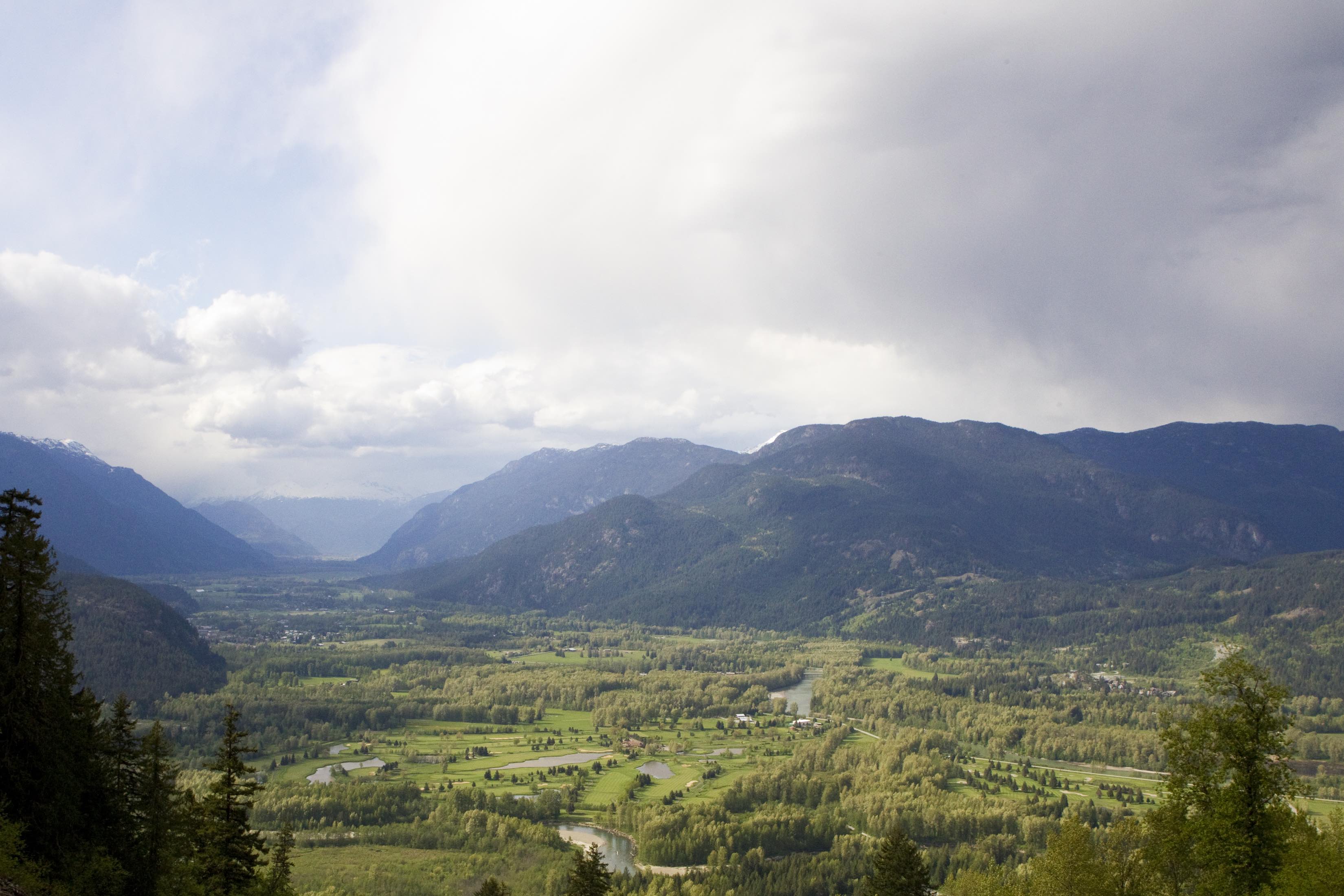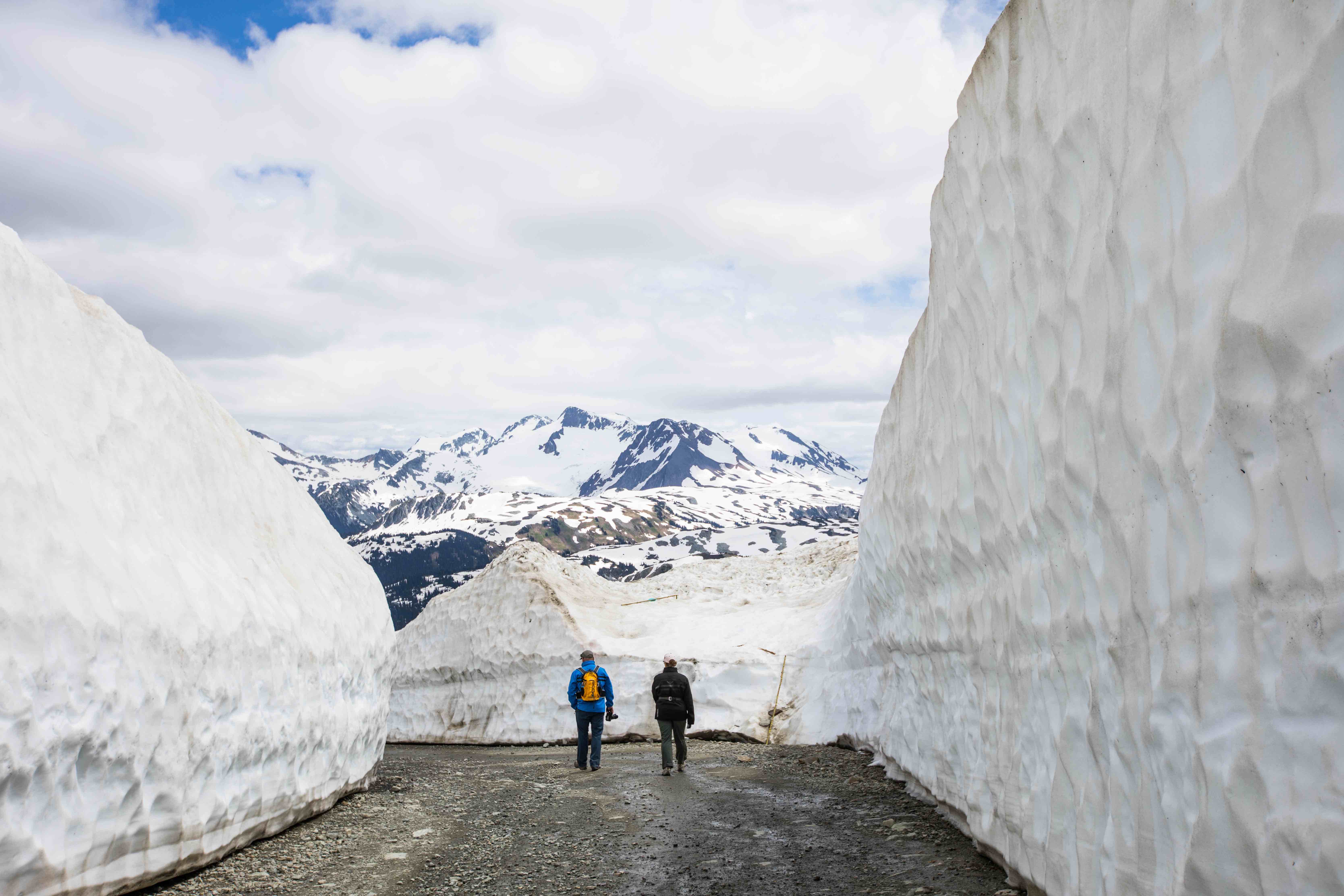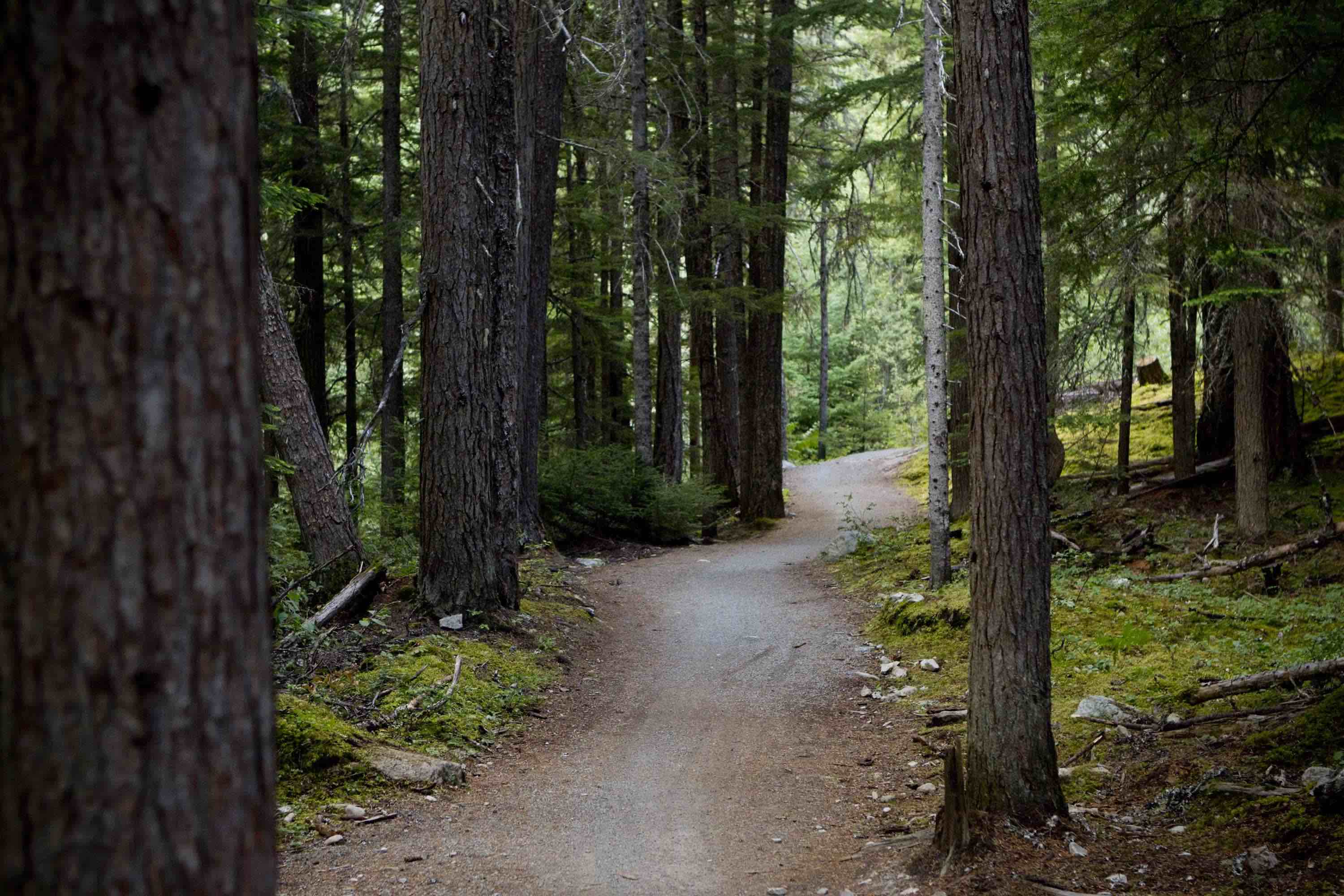What to Bring on Your Next Whistler Hiking Trip
Hiking in Whistler is an unbeatable experience that allows you to fully immerse yourself in Whistler’s dense alpine jungle, and dramatically stunning scenery. However, like any hiking terrain, Whistler’s backcountry comes with its own set of challenges. Even if you’re only out for a few hours, the weather can change quickly, and circumstances can arise, so it’s important to prepare for multiple scenarios. Here’s our comprehensive list of must-have backpack essentials, so you can enjoy your next trip, fully equipped.
Before you begin packing…
Just like hiking boots, a backpack can make or break your hiking experience. The perfect backpack should be waterproof, sturdy, and distribute your load evenly. If you’re unsure of where to begin when selecting the ideal backpack, Jen Reviews has done the hard work for you. Having tried and tested some of 2018’s most popular backpacks, their detailed guide and clear summarising table makes it easy for you to pick the right bag to suit your specific hiking needs.

What to consider when packing…
#1 Navigation and communication
Our phones have an amazingly accurate internal GPS system. But no matter how advanced they are, it only takes a drop of water, a lack of cell service, or a simple fall from your pocket for them to become completely redundant.
Make sure you pack navigating equiptment that won’t run out of battery, like a map or a compass. Here’s a great map of the valley trails, but if you’re venturing further afield, you’ll need to find maps that show the appropriate area.
#2 Prepare for all weathers

In Whistler, sunny, green trails can transform into winter wonderlands overnight, and vice versa. Even if there’s snow on the ground, you can still get seriously sunburnt, so make sure to pack sun cream, lip balm and sunglasses, to protect yourself from the rays.
It’s also important to bring multiple layers because, unsurprisingly, evenings up a mountain can get pretty chilly. Pack small, light layers of breathable clothing, like shirts made from merino wool and wool-blends. In hotter weather, full-synthetics like nylon may perform even better.
#3 Remember the bare essentials
A flashlight and first-aid kit (including blister plasters!) are essentials that should be in your bag at all times. If you’re hoping to camp in Whistler’s backcountry, a fire-starting kit could also aid you greatly. Just remember that campfires are prohibited in many backcountry areas, so find out beforehand if they’re permitted where you intend to visit, and make sure to follow all campfire guidelines.
#4 …And the bear essentials
It’s not uncommon to see bears during your wanders up Whistler Mountain, or even on the Whistler Golf Course, which is one of their favourite hangout spots. So long as you follow standard bear procedure, you shouldn’t ever have any issues.
However, if you’re venturing into the backcountry, make sure you have some sort of plan for if you do encounter a furry friend. Carrying bear spray can put your mind at ease, and come in handy as a last resort.

#5 Don’t forget snacks and water
Hiking is sweaty business! You’ll burn a lot of calories, so make sure you’re fully stocked up on high-calorie foods, and dry snacks like beef jerky and energy bars. Above all, remember to stay hydrated: A typical day hike (6-8 hours) should see you consume at least 2-3 litres of water.
Being a smart hiker is all about forward-thinking, so plan before you leave, learn your route, and always leave a plan of your itinerary with a friend. If you need a base to stay at between your hiking adventures, or somewhere to relax post-trip, Whiski Jack offers a variety of luxurious properties, close to the valley trail, and the base of both Whistler and Blackcomb Mountain. You can book online, or get in contact here.


